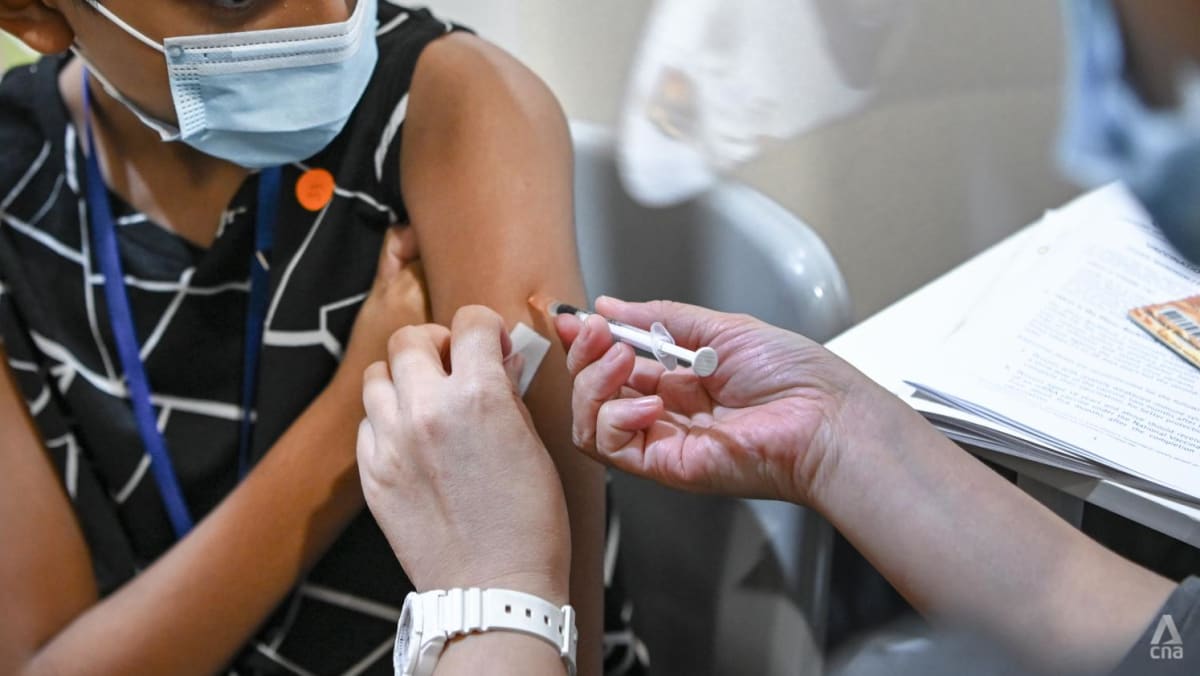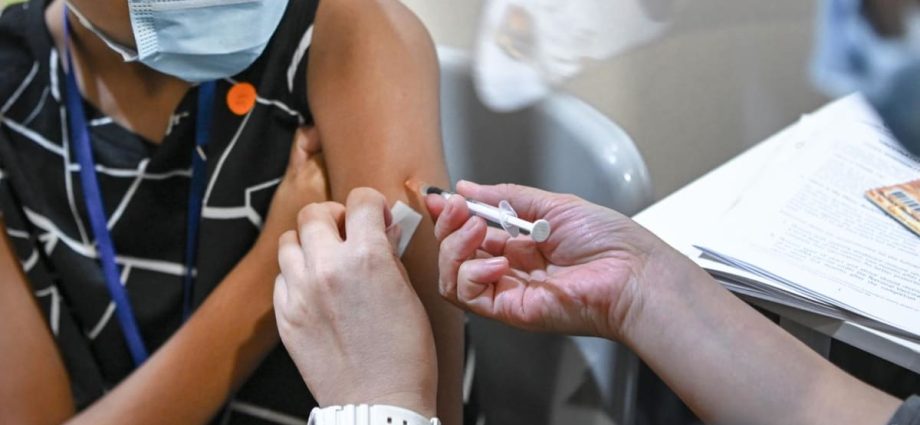
OTHER FACTORS FOR COVID-19 SURGE
Besides vaccine fatigue, the recent surge in COVID-19 cases can also be attributed to a few other factors.
First, decreasing herd immunity in the population. Immunity from the vaccine typically wanes over a period of up to a year after each dose. Coupled with the slower uptake of the recent booster vaccine, herd immunity can be challenging to maintain.
The Singapore government has updated its COVID-19 vaccine recommendations, encouraging people aged six months and above to receive an additional dose in 2023 or 2024.
The current updated booster vaccine is able to provide effective immunity against the Omicron XBB 1.5. subvariant strains as well as cross-protection immunity against other circulating Omicron subvariant strains, reducing the risk of disease severity.
As reported by World Health Organization (WHO), a recent surge of the JN.1 subvariant is likely to circulate more predominately globally, and replacing other subvariants.
While evidence is still lacking on the cross-protection immunity of the most recent vaccine against the JN.1 subvariant, both the WHO and the US Centers for Disease Control and Prevention expect the updated COVID-19 vaccine to remain effective. This is based on the limited differences of the virus’ genetic mutations assessed through next-generation sequencing technology as part of ongoing surveillance strategy.
With new subvariants evolving constantly, a population with a lowered herd immunity would likely experience new surges of cases yearly, similar to the influenza transmission during the winter seasons of the Northern and Southern hemispheres.
Second, the year-end travels and festive gatherings have increased the risk of exposure and transmission of COVID-19 within a short period of time at a specific location, akin to a super-spreading event.
Lastly, growing complacency as we have been in living in the endemic phase since early 2023. A “false sense of security” reduces the motivation for one to take up additional booster shots. This has also led to a drop in compliance over time for personal prevention measures such as masking up in crowded indoor settings, self-isolation when ill and practising frequent handwashing with soap.

